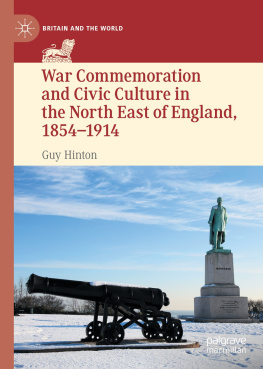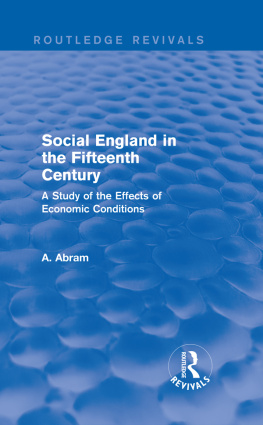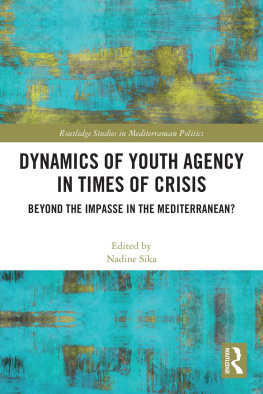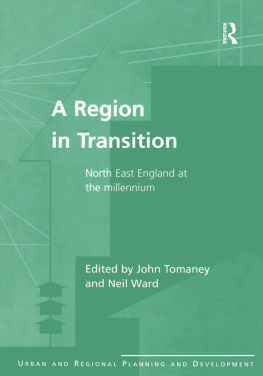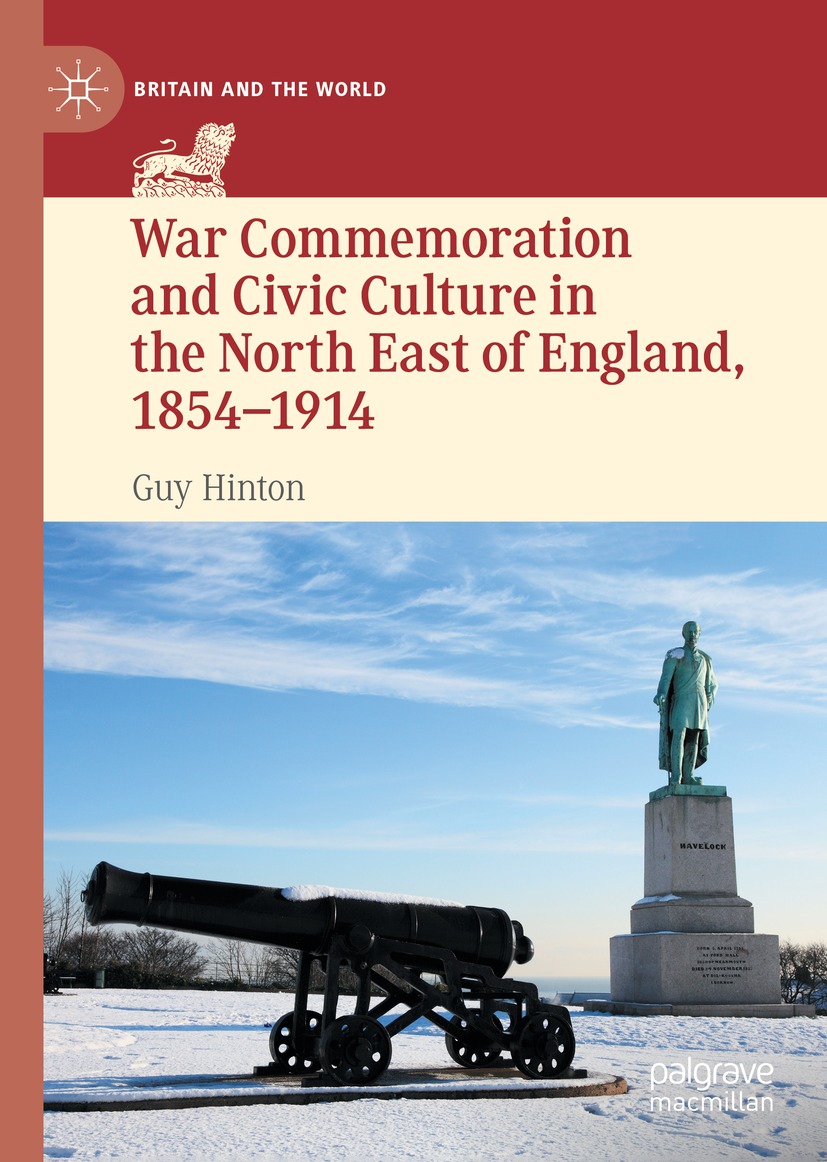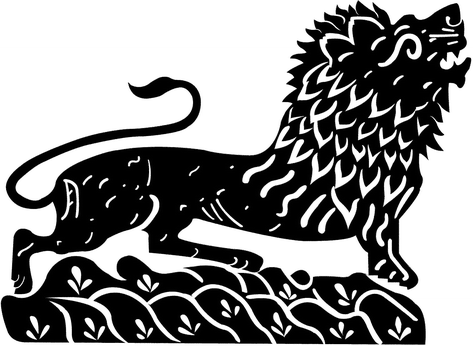Britain and the World
Series Editors
Martin Farr
School of History, Newcastle University, Newcastle Upon Tyne, UK
Michelle D. Brock
Department of History, Washington and Lee University, Lexington, VA, USA
Eric G. E. Zuelow
Department of History, University of New England, Biddeford, ME, USA
Britain and the World is a series of books on British world history. The editors invite book proposals from historians of all ranks on the ways in which Britain has interacted with other societies from the sixteenth century to the present. The series is sponsored by the Britain and the World society.
Britain and the World is made up of people from around the world who share a common interest in Britain, its history, and its impact on the wider world. The society serves to link the various intellectual communities around the world that study Britain and its international influence from the seventeenth century to the present. It explores the impact of Britain on the world through this book series, an annual conference, and the Britain and the World peer-reviewed journal.
Martin Farr (martin.farr@newcastle.ac.uk) is General Series Editor for the Britain and the World book series. Michelle D. Brock (brockm@wlu.edu) is Series Editor for titles focusing on the pre-1800 period and Eric G. E. Zuelow (ezuelow@une.edu) is Series Editor for titles covering the post-1800 period.
More information about this series at http://www.palgrave.com/gp/series/14795
Guy Hinton
War Commemoration and Civic Culture in the North East of England, 18541914
1st ed. 2021

Logo of the publisher
Britain and the World
ISBN 978-3-030-78592-5 e-ISBN 978-3-030-78593-2
https://doi.org/10.1007/978-3-030-78593-2
The Editor(s) (if applicable) and The Author(s), under exclusive license to Springer Nature Switzerland AG 2021
This work is subject to copyright. All rights are solely and exclusively licensed by the Publisher, whether the whole or part of the material is concerned, specifically the rights of translation, reprinting, reuse of illustrations, recitation, broadcasting, reproduction on microfilms or in any other physical way, and transmission or information storage and retrieval, electronic adaptation, computer software, or by similar or dissimilar methodology now known or hereafter developed.
The use of general descriptive names, registered names, trademarks, service marks, etc. in this publication does not imply, even in the absence of a specific statement, that such names are exempt from the relevant protective laws and regulations and therefore free for general use.
The publisher, the authors and the editors are safe to assume that the advice and information in this book are believed to be true and accurate at the date of publication. Neither the publisher nor the authors or the editors give a warranty, expressed or implied, with respect to the material contained herein or for any errors or omissions that may have been made. The publisher remains neutral with regard to jurisdictional claims in published maps and institutional affiliations.
Cover image Washington Imaging / Alamy Stock Photo
This Palgrave Macmillan imprint is published by the registered company Springer Nature Switzerland AG
The registered company address is: Gewerbestrasse 11, 6330 Cham, Switzerland
To Jo and Angus
Preface
This book stems from an interest in the impact of imperialism on British society. War, as the dramatic and inevitable by-product of imperialism, began to loom large in my research, giving prominence to reactions to various conflicts and specifically how wars were portrayed and justified by local and national leaders. My interest was particularly piqued by the case of the Boer War, surely one of the least justifiable of all this countrys many wars but supported (or at least tolerated) by the major part of society. The post-war representation of this most jingoistic of conflicts seemed particularly enlightening, occurring in a period that to a large extent reacted against the war and the imperial mentalities that had encouraged it. As the research incorporated earlier conflicts and became increasingly immersed in vibrant nineteenth-and early twentieth-century civic culture, other historiographical themessuch as notions of identity and the influence of classasserted themselves.
Therefore, like most studies of war memorialisation, this book is much more than merely an analysis of certain conflicts and their memorials. By this I mean that it is as much to do with the social, political and cultural contexts that motivated the memorials organisers and influenced the narratives they sought to convey in the monuments they created. While the memorials expressed the organisers views and attitudes of how the recent conflict should be remembered by their communities, I would argue that the memorials were more intent with imposing the socio-political purview and values of the organisers and indeed shoring up their social prestige and political primacy within their community and endorsing the socio-economic status quo. It was in this way that the memorials were political objects, more so than seeking to justify Britains involvement in the wars or extol patriotic or imperialistic virtues.
The book was researched and written during a period of unparalleled political crisis and politico-cultural controversies which often seemed to mirror its themes. Most pertinent have been debatesboth within the academy and the wider publicover the suitability of historical public monuments in twenty-first-century society. This includes a burgeoning disillusionment with the very memorialisation of war (or at least the twenty-first century version of it) which some perceive as mawkish or inherently triumphal and as tacit endorsement of martial values and military action. More prominent in the popular imagination has been a widespread questioning of monuments with imperial connotations or anachronistic societal narratives, considered questionable in diverse post-colonial societies. This has been driven by movements such as Decolonizing the Curriculum and the Rhodes Must Fall protests in this country and, in the United States, with activist campaigns to remove statues commemorating confederate participants in the American Civil War.
All this has given the book an unanticipated but welcome topicality; hopefully, it will contribute to the debate by enabling a greater understanding of how and why such historic monuments were erected. Indeed, the statue of Edward Colston (16361721) in Bristol, erected in 1895 and whose forceful removal by protesters in the summer of 2020 generated widespread popular debate and reflection, shares many of the gestational characteristics of the monuments examined here, such as its attempted funding by popular subscription and a type of municipal mythologising that was particularly en vogue in the late-nineteenth century. Examining the motivations of the memorial organisersmen from tightly knit, middle-class municipal elitesand the narratives they chose to convey to their contemporaries (and their descendants) provides an in-depth yet nuanced understanding of the process behind the erection of these now often controversial monuments.

